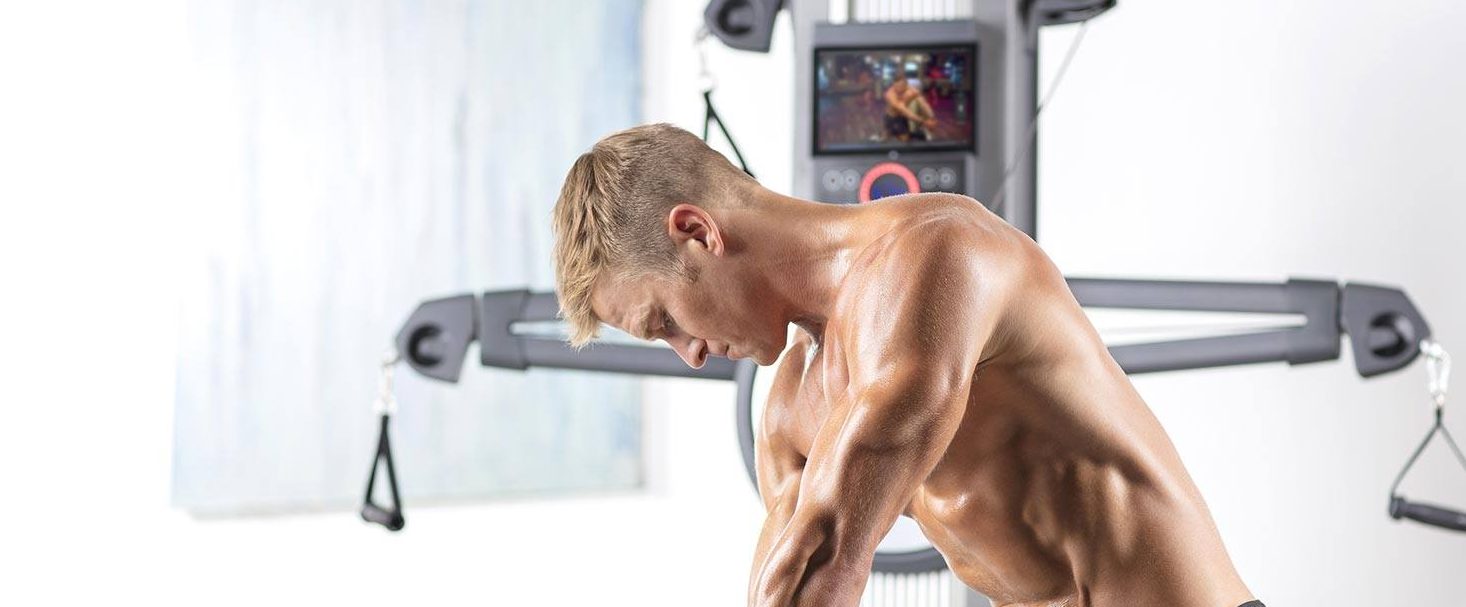
Your At-Home Planking Challenge
Planking exercises help to improve strength and balance. These isometric exercises, held over time, burn fat and strengthen muscles without increasing their volume. They allow you to sculpt a healthy figure quickly.

Planking exercises help to improve strength and balance. These isometric exercises, held over time, burn fat and strengthen muscles without increasing their volume. They allow you to sculpt a healthy figure quickly.
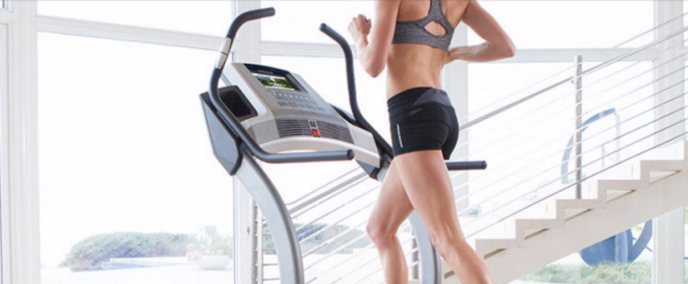
The buttocks muscles are involved in all the movements of daily life, and even more so during physical exercise. Having muscular buttocks and a toned lower body helps to maintain balance and spare your back and knees. Many exercises strengthen the muscles of the lower body, such as squats or donkey kicks. Compose a personalised challenge adapted to your level and strengthen your buttocks to stay in shape and improve your athletic performance.
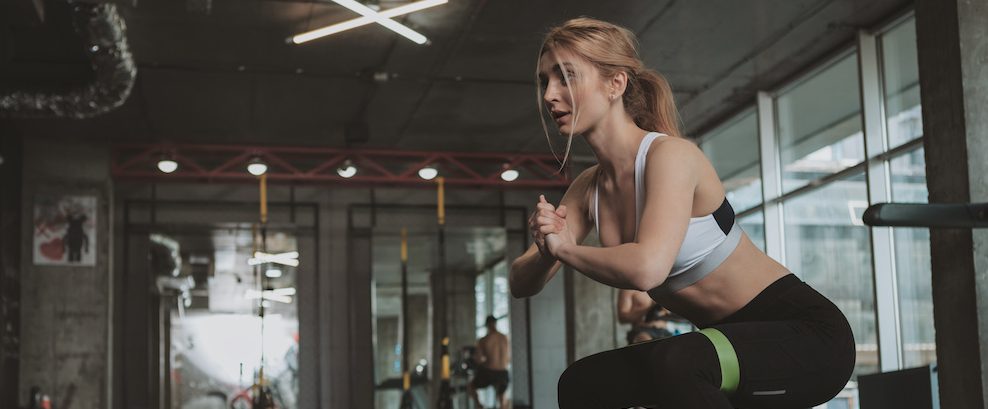
Squats are one of the most popular fitness exercises. Depending on how your feet are positioned and your posture, you can target the glutes or certain thigh muscles while improving the power of your squats. Try different variations and take your squats to the next level!
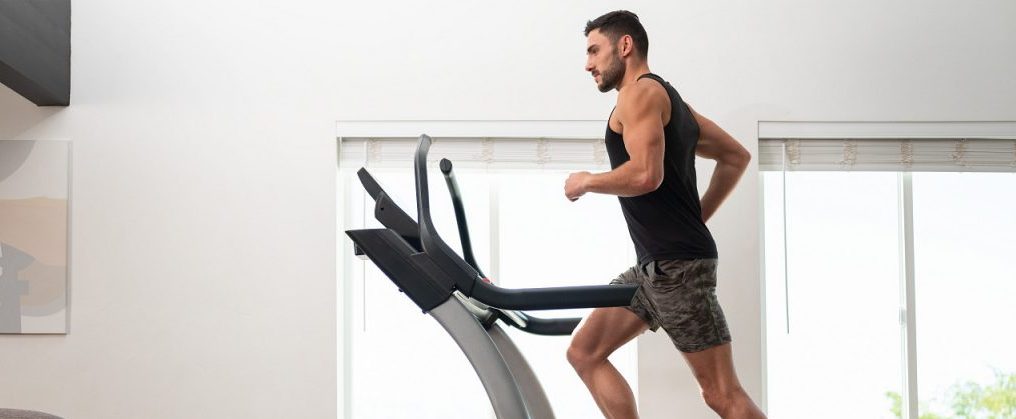
The deep muscles of the shoulder, the erector spinae muscles, the psoas and the forearm muscles are among the muscles that are least used during training. To awaken these forgotten muscles, which can differ depending on the activity practised, opt for targeted exercises to integrate into your training programme.
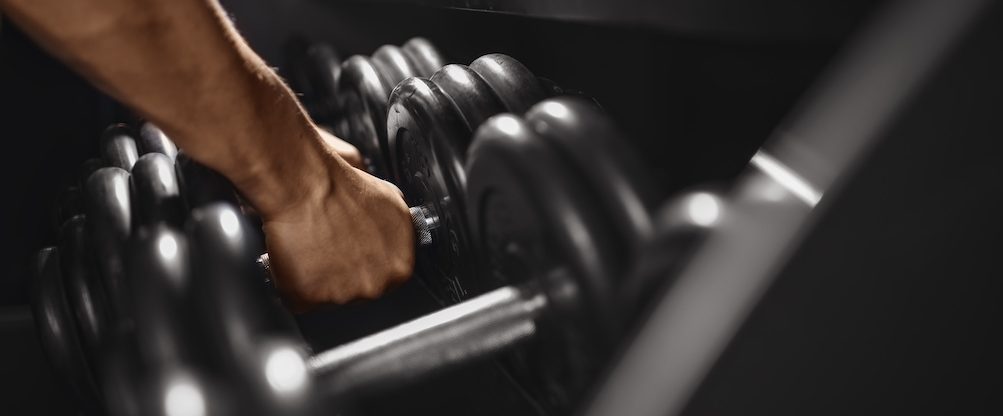
Small, compact and easy to use, dumbbells can be integrated into all your muscle strengthening sessions to multiply the effects. After discovering classic exercises for pectorals, biceps, trapezius or legs, push your limits with intense and original ab exercises with just 1 dumbbell!
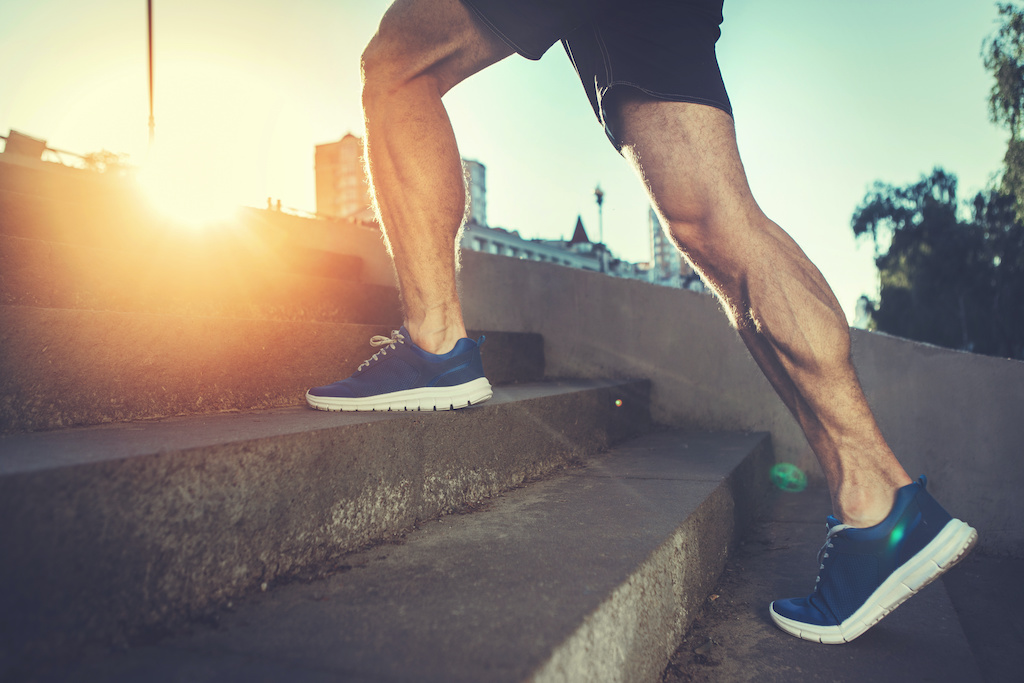
Having muscular calves helps improve physical endurance, something that is particularly important when cycling, walking or running, for example. Strengthening your calves is also a good way to avoid sports injuries. Start a 21-day challenge with exercises that target this region and then persevere in your efforts by adopting new habits to maintain well-rounded calves.

Strengthening your arms improves posture, balances the strength on both sides of the body, firms up your arms and increases resistance, which is useful for all everyday movements. To work the arms, different exercises target specific muscle groups. To motivate yourself, try a 30-day arm challenge by gradually increasing the number of repetitions in your circuit.
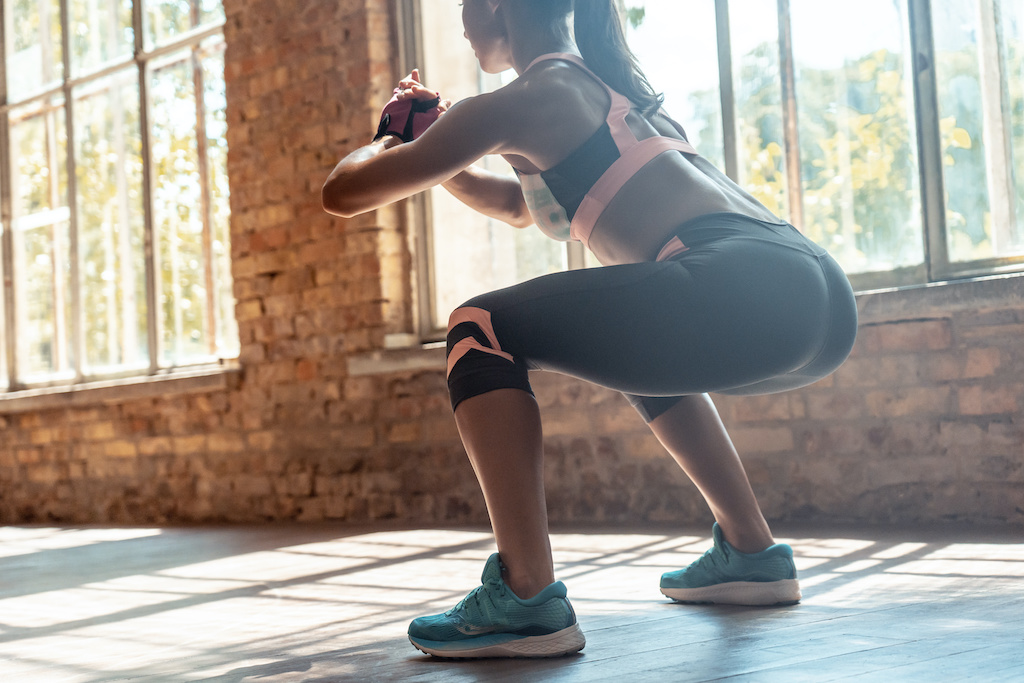
To strengthen and shape your legs, there are a large number of exercises: Front lunges, half-lunges, kicking and so on. Take on a 30-day challenge with a progressive training circuit of leg exercises incorporating more and more repetitions every day. At the same time, adopt good habits to keep your legs slim and muscular and stimulate blood circulation.

In order to establish an effective and easy to maintain exercise programme over time, include rest days in your schedule. Rest can take an active or passive form depending on your activity and your needs. For a good work rhythm, aim for 1 rest day every 2 or 3 days and avoid scheduling more than 2 rest days in a row, except in case of intense fatigue or pain. By integrating rest into your training programme, your performance will be improved and you will reduce the risk of injury.
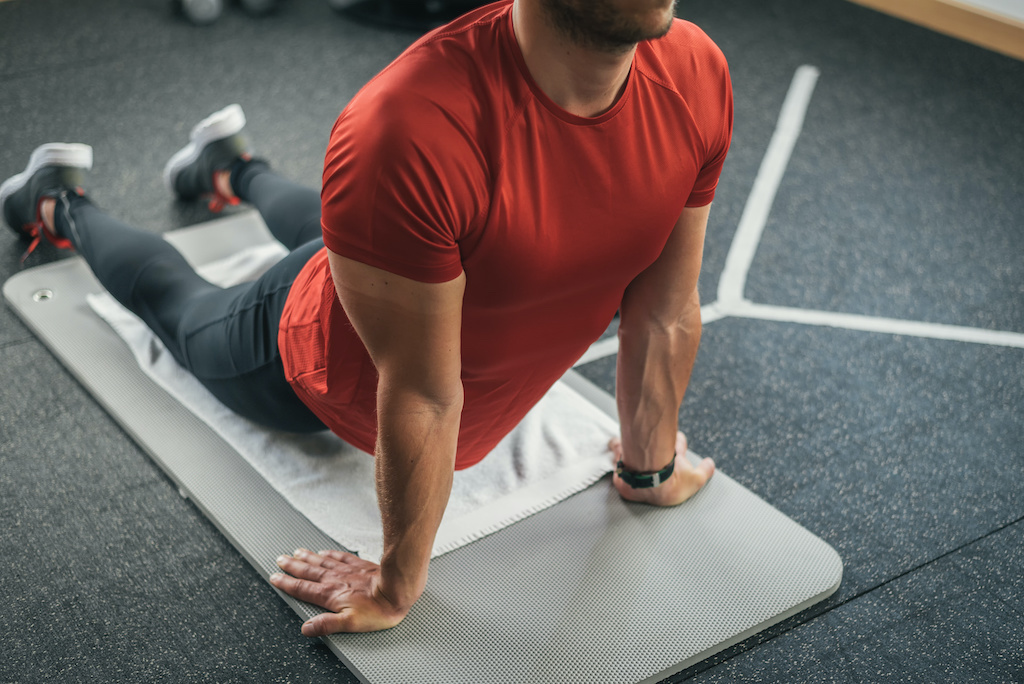
After an abdominal workout, doing a few targeted stretches allows you to recover better, to optimise your muscle strengthening and to relax. Do static stretches that last for 20 seconds each for 10 to 15 minutes. Many yoga and stretching exercises are suitable for stretching the back and abdominal muscles.
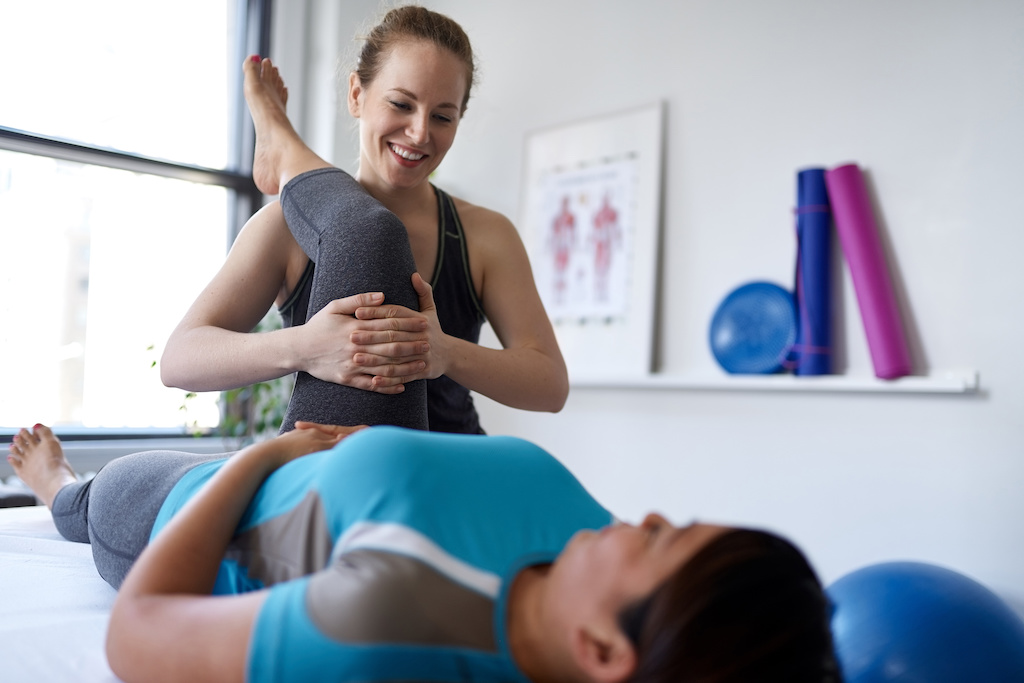
Doing 10 to 15 minutes of stretching after a muscle strengthening session helps you to relax and promotes muscle recovery. Just make sure you don’t stretch after an intense session and that you do dynamic stretching before training so as not to injure yourself. Incorporate a series of static stretches held for 20 seconds at the end of your strength training session and some dynamic stretches during the warm-up.

Stretching can be of great help in limiting the appearance of aches and pains after a bike ride. Choose stretches that mainly target the lower body muscle groups and wait at least 12 hours after the bike ride: cold stretching will bring more benefits and avoid weakening the muscles after an intense workout.